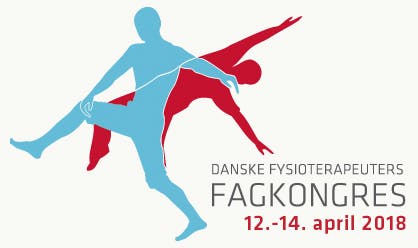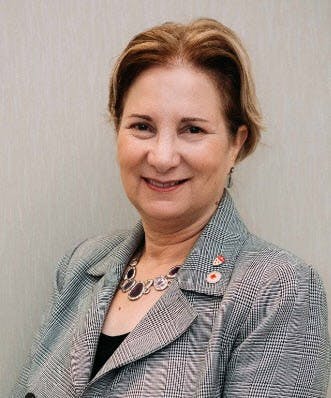Enhancing motor learning using virtual rehabilitation – new ways to deliver old tricks

The primary focus of neurological rehabilitation is the reacquisition of lost motor skills to improve independence in activities of daily living and quality of life. To achieve this, rehabilitation takes advantage of central nervous system neuroplasticity through motor learning mechanisms.
Mindy Levin describes how motor learning mechanisms can be addressed by creating enriched training environments using virtual reality (VR) based simulations. Motor control and motor learning principles related to the reacquisition of upper limb motor skills will be discussed in relation to how they can be exploited by VR training environments.
Key outcome measures identifies, and examples of how motor control and motor learning principles have been incorporated into different VR simulations for improving upper limb motor function and/or recovery will be provided. Finally, the effectiveness of current VR technologies, client suitability for the use of different learning approaches, and transfer of learning to daily life tasks will be discussed.
Mindy F. Levin
 Dr. Levin trained as a physiotherapist at McGill University and practiced for several years at the Rehabilitation Institute of Montreal where she specialized in neurological rehabilitation. She then obtained a M.Sc. degree in Clinical Sciences followed by a Ph.D. in Physiology.
Dr. Levin trained as a physiotherapist at McGill University and practiced for several years at the Rehabilitation Institute of Montreal where she specialized in neurological rehabilitation. She then obtained a M.Sc. degree in Clinical Sciences followed by a Ph.D. in Physiology.
Dr. Levin’s research focuses on elucidating the mechanisms underlying arm sensorimotor deficits and their recovery in adults and children with central nervous system lesions. Her research program aims to elaborate the pathophysiological mechanisms underlying disordered motor control and learning after brain damage and then to develop and test treatment interventions to remediate sensorimotor impairments and disabilities based on these findings. Amongst her research methodologies are new technologies such as virtual reality and robotics.
Mindy is also speaking at the symposium 'Motivation and intensity of training - the neurological patient'.
